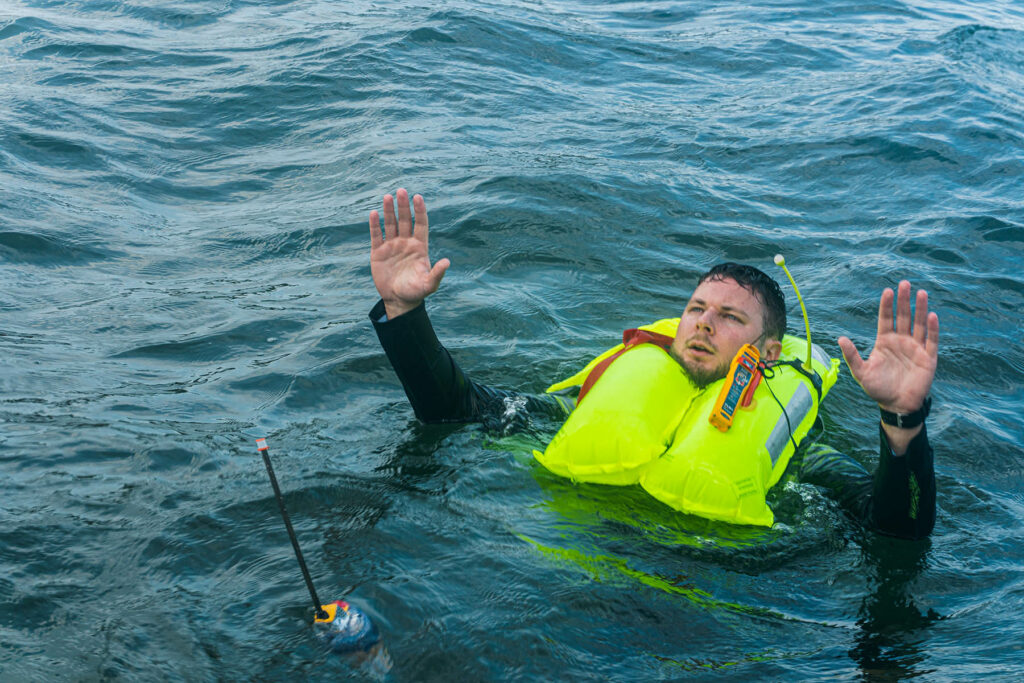
Blog
EPIRB vs PLB: Choosing the Right Beacon for Offshore Sailing

As you prepare for the 100th Rolex Fastnet 2025 Race starting July 26th 2025, it’s essential to understand the complex mix of official safety requirements, high-traffic racing conditions, and historically volatile weather patterns. This guide provides a comprehensive breakdown of the mandatory safety gear and training, as well as practical recommendations to improve crew preparedness and survivability offshore.
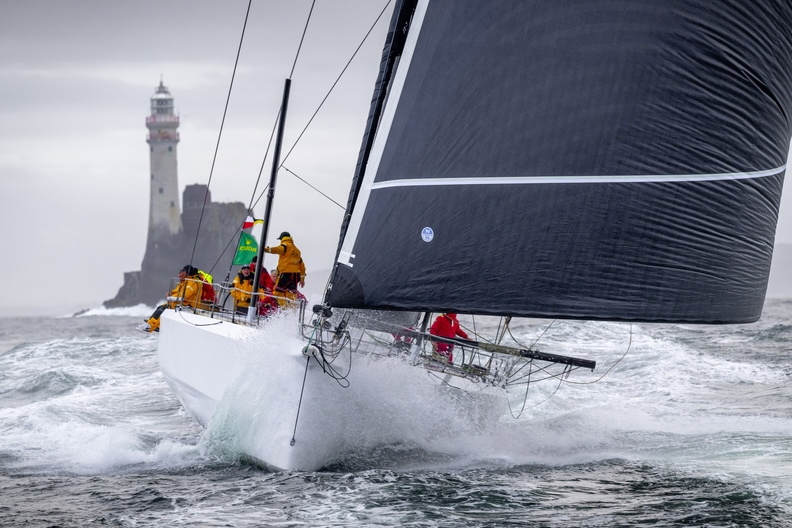
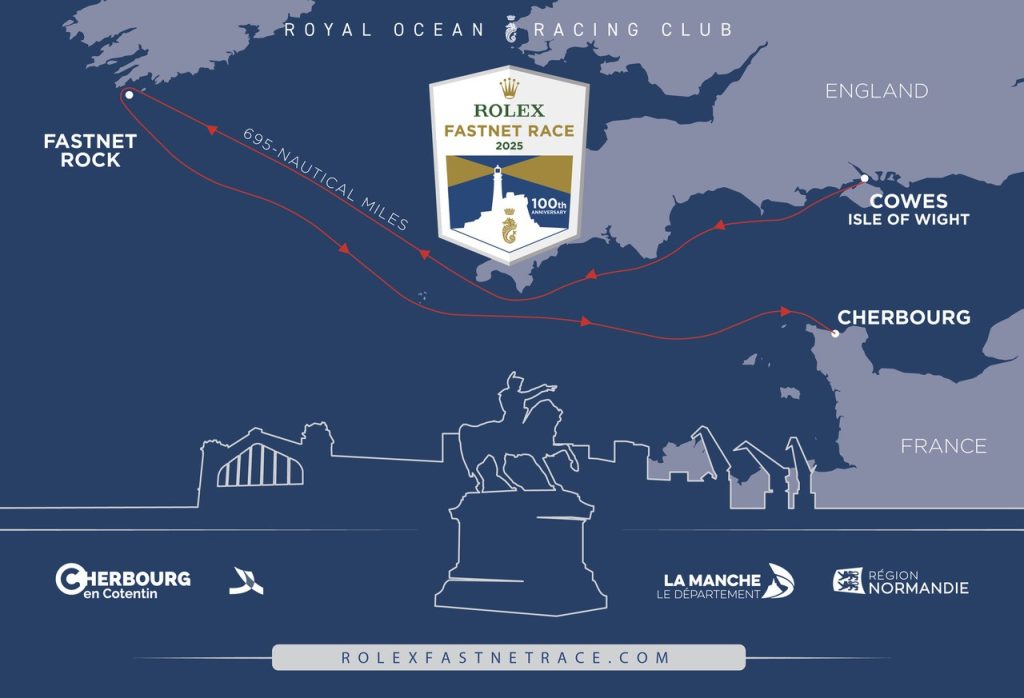
The Rolex Fastnet 2025 Race covers approximately 625 nautical miles from Cowes, around Fastnet Rock, and finishes in Cherbourg. It regularly attracts a fleet of 350–400 yachts ranging from IMOCA 60s and multihulls to Corinthian double-handers. This density means you’re racing in one of the busiest and most competitive offshore arenas in the world. And this year it’s a special one – marking 100 years since the first ever Fastnet back in 1925.
The 2025 route:
Why it matters: AIS, VHF, and EPIRB/PLB usage isn’t just about emergencies—it’s about staying seen in a digital sea of boats.
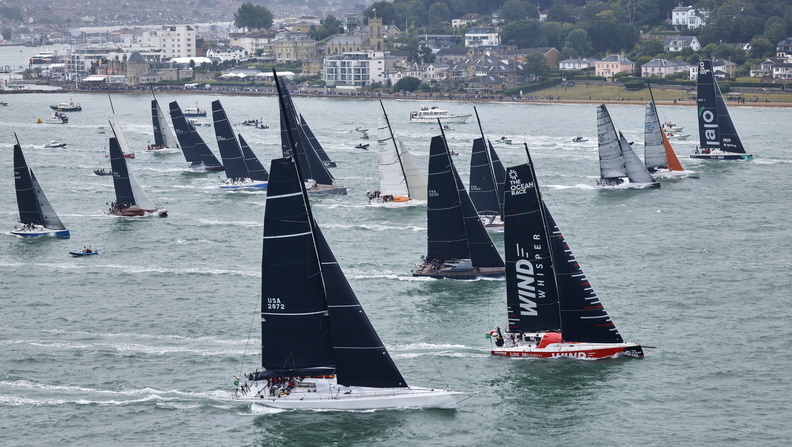
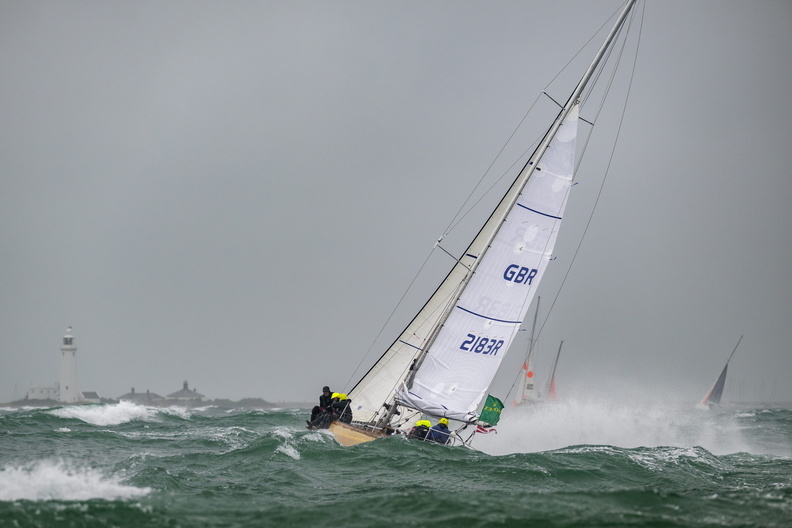
Fastnet has a long history of exposing even the best-prepared crews to rapidly changing conditions:
Proper preparation requires more than weather routing. You need robust gear, resilient crew routines, and backup signalling.
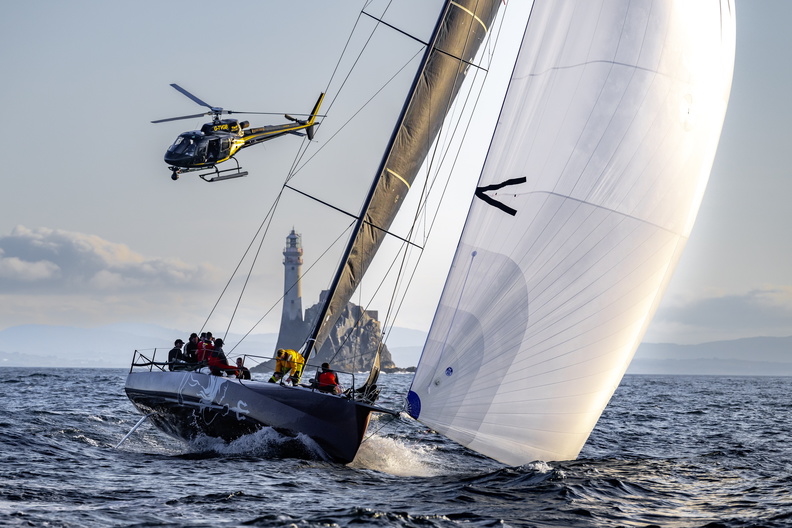
The Rolex Fastnet Race 2025 is governed by the Royal Ocean Racing Club (RORC) and must follow World Sailing’s Offshore Special Regulations (OSR) Category 2. Here are the key regulatory highlights:
“The safety of a boat and her crew is the sole and inescapable responsibility of the Person in Charge…”
“Races of extended duration along or not far removed from shorelines… where a high degree of self-sufficiency is required.”
View Full OSR Document Here
View Rolex Fastnet Notice of Race Here
For any further specific regulatory questions, we recommend contacting the RORC Fastnet team directly, here.

Meeting OSR rules is essential, but experienced crews know that race safety goes beyond compliance:

The Ocean Signal SafeSea EPIRB3 Pro is a fully compliant 406 MHz emergency beacon or EPIRB with integrated AIS, Return Link Service (RLS), and GNSS (GPS/Galileo), meeting World Sailing OSR 4.19 for EPIRBs aboard offshore racing yachts like those competing in the Fastnet 2025 Race.
This beacon broadcasts both a Cospas-Sarsat satellite alert for global SAR coordination and an AIS distress signal for immediate local visibility. In a yacht abandonment scenario, it ensures both MRCCs and nearby vessels are alerted quickly and accurately.
The SafeSea EPIRB3 Pro is . However, knowing its function—and where it’s stowed—is essential for all crew in case of abandon-ship procedures.
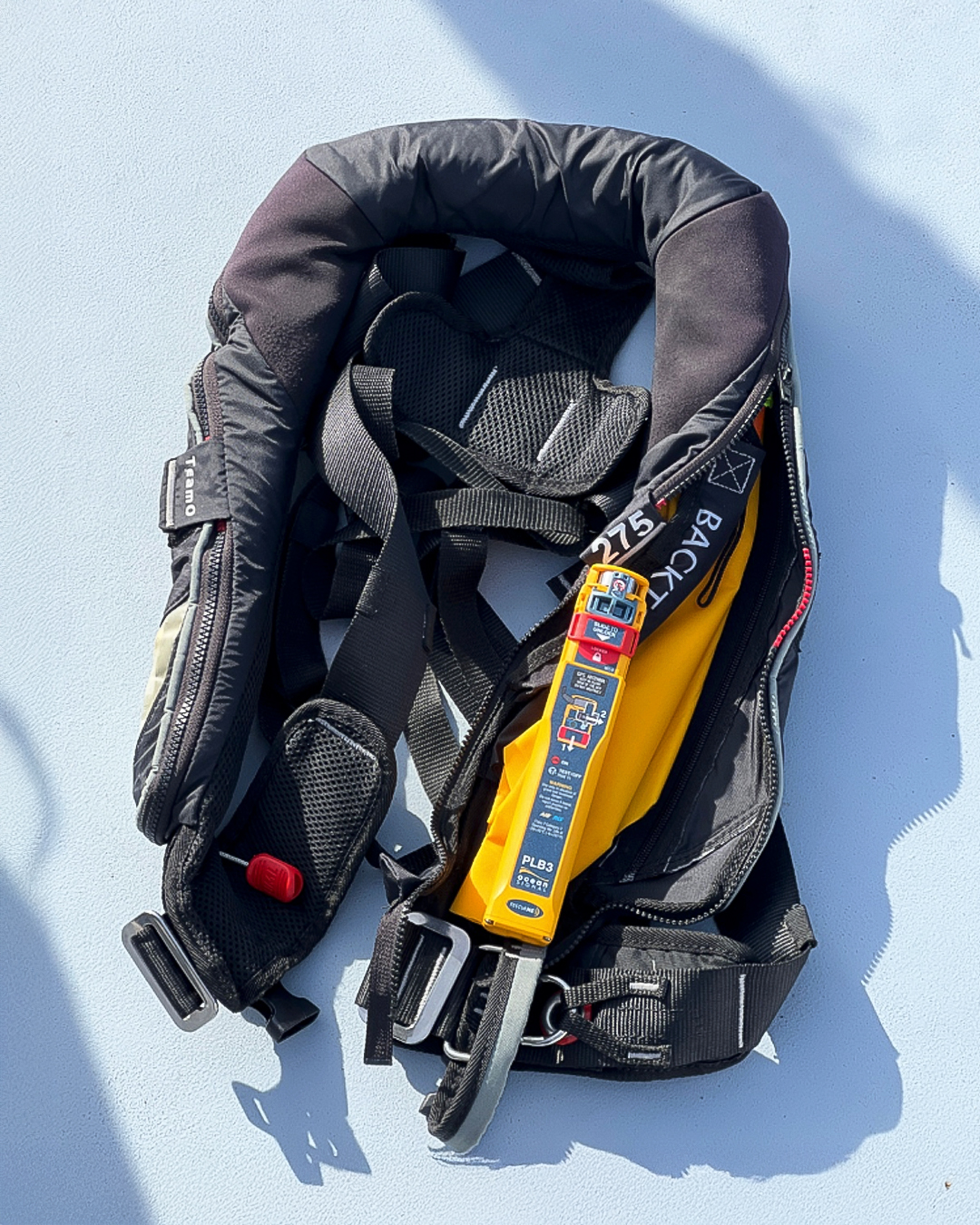
The PLB3 transmits a 406 MHz distress signal via Cospas-Sarsat with GPS, AIS, and 121.5 MHz homing, aligning with ISAF/World Sailing OSR 4.22 for personal locator beacons in Category 1 offshore races like Fastnet.
It combines global Search And Rescue (SAR) alerting (via satellite) and local AIS broadcast, ensuring both international rescue authorities and nearby vessels are notified—dramatically increasing rescue chances in a man overboard situation.
Compact, lightweight, and supplied with a multifunction clip system, the PLB3 is designed to integrate easily into most inflatable lifejackets, ensuring automatic deployment during overboard incidents without interfering with sailing performance.

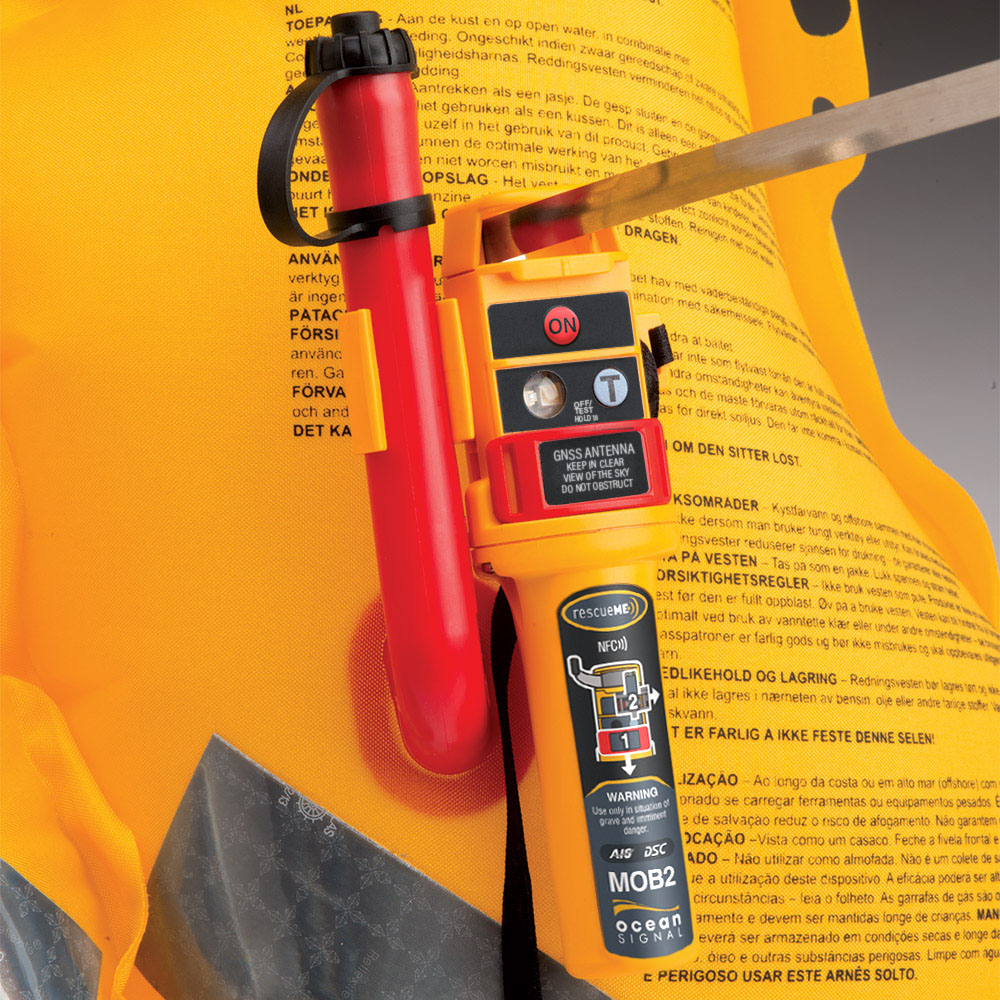
The rescueME MOB2 transmits your GPS location over AIS, allowing the yacht you’re sailing on—and any nearby vessels—to instantly see your position on their chartplotters or MFDs. This is critical in a fast-response scenario like a MOB during a race.
Designed to integrate with your inflatable lifejacket, the MOB2 automatically activates when your PFD inflates—ensuring a hands-free response if you’re unconscious or disoriented in the water.
With a long transmission range and no reliance on DSC or personal radios, the rescueME MOB2 is ideal for crew-based offshore races like the Fastnet. It adds a layer of safety without requiring individual VHF programming, simplifying prep across a full racing team.

| Category | Required | Recommended |
| EPIRB | OSR 4.19-compliant 406 MHz beacon | Ocean Signal SafeSea EPIRB3 with AIS + RLS |
| AIS Transponder | Mandatory | Test integration pre-race |
| PLB for Crew | Strongly advised by RORC | Ocean Signal rescueME PLB3 per crew OR MOB2 |
| Liferaft | SOLAS/ISO Certified | Drybag-packed and serviced in 2025 |
| Lifejackets | Auto-inflate, crotch straps, sprayhood | Add PLB, light, and whistle |
| Crew Training | 30% minimum with OSR cert | All crew should drill together |
Rolex Fastnet 2025 promises fierce competition, dense navigation zones, and high-variability weather. Adhering to the OSR rules is essential, but elite offshore sailors prepare beyond the baseline. Ocean Signal’s EPIRB3 and PLB3/MOB2 provide a competitive advantage in safety, performance, and peace of mind.
Prepare early. Train hard. Equip smart.
